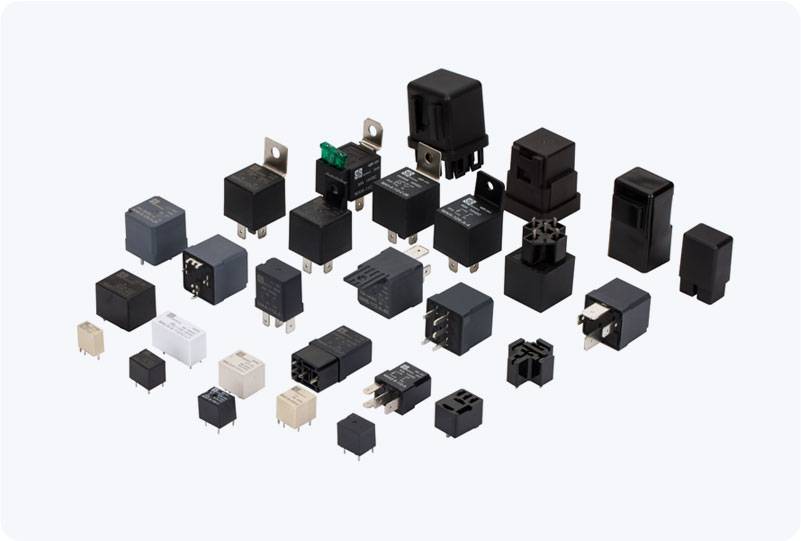Relays are vital electrical components in modern vehicles, enabling efficient power management and operation of various systems. They act as switches that allow low-voltage circuits to control high-voltage devices, such as lights, windows, and fuel pumps, without direct contact with the high-power systems. While relays are generally reliable, they can fail over time or due to various factors. Understanding relay failure modes in cars can help diagnose issues early and prevent major breakdowns. This article explores common relay failure modes, their causes, and potential solutions for car owners.

1. Sticking or Welding One of the most common failure modes of relays in cars is sticking or welding. This occurs when the internal contacts of the relay become fused together, often because of excessive current or heat. When this happens, the relay stays in the “on” position even when it should be off, causing continuous power flow to the associated system. For instance, if the fuel pump relay sticks, the fuel pump may keep running, draining the battery and potentially damaging the pump. Similarly, a stuck relay in the air conditioning system could keep the fan running even after the engine is turned off, leading to unnecessary wear and tear.
Leave a Reply